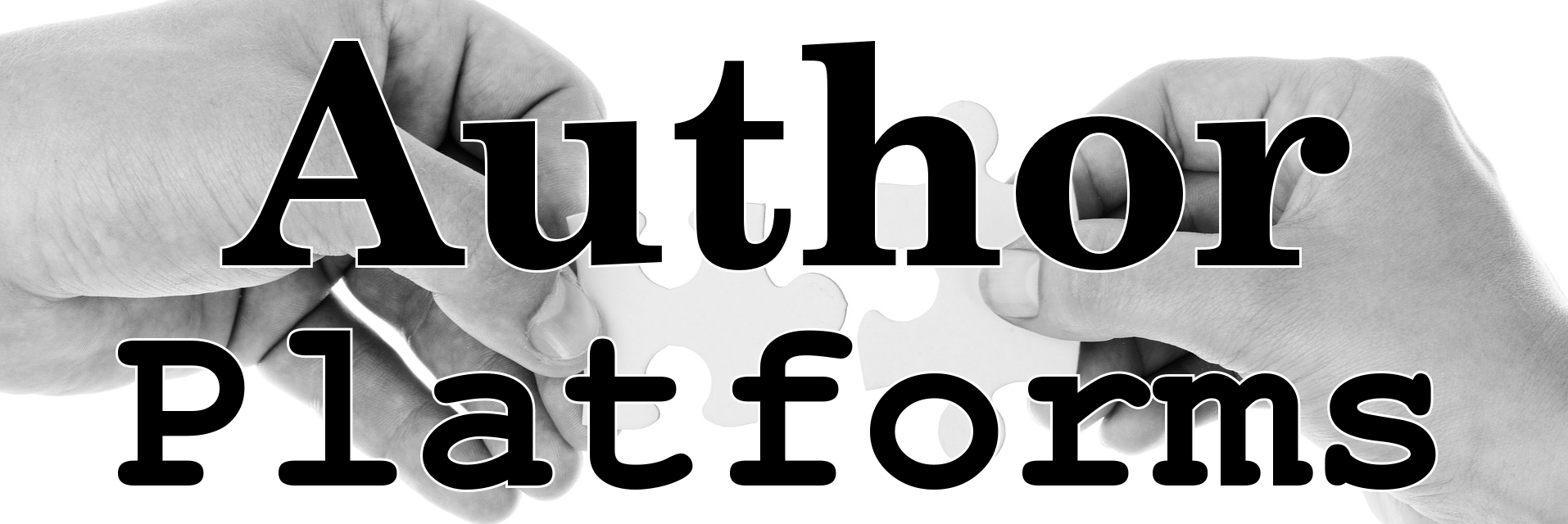

Tumblr
Using Tumblr
Tumblr is a hybrid of a blogging platform and social media. The audience tends towards the younger end of the spectrum and is usually organised around various fandoms and interests.
To make a splash on Tumblr you are going to want to think visually. Pictures and posts with pictures do far better on Tumblr than most other post types. Usually. (There are some exceptions).
Tumblr has seen a large uptick in users since the Musk acquisition of Twitter.
Your first Tumblr blog
When you sign up to Tumblr (it is quite easy), you will be given a blog. This blog is completely different from any other blog you will make on Tumblr. This blog has a URL that matches your user name. Given the huge number of blogs, you might have to try a few variations before you find something not already taken.
You can make more blogs. These are what Tumblr calls “group blogs”. These second blogs cannot follow and cannot add replies. It is probably best that you leave that option until you feel that you are something of an expert.
Change your Tumblr theme
Nothing screams “new user!” quite like using the default theme. There are plenty of free themes to choose from. Pick one that works for you. I suggest a clean and uncluttered theme.
Some themes are clearly designed with certain post types in mind. If you plan to use those post types pretty much exclusively pick one of those themes. Otherwise, go for something that is an all-rounder.
Upload a custom image too
You are trying to establish your brand so establish your brand. Upload your logo or your author photo. Something people will connect with you when they see it again.
You can change it later but don’t leave it with the default. Default icons are for spammers and clumsy newbies.
Tumblr Post Types
Much like most WordPress themes, Tumblr supports a number of different post types.
- Text posts
- photo/image posts (single or photosets)
- Quote posts
- Link posts
- Chat/dialogue posts
- Audio posts
- Video posts
Experiment with them all when your blog is new and no one is looking.
If you are new to Tumblr, I recommend that you lean heavily on the photo and image post type. Make your posts highly visual. As you get to know Tumblr and what works (and what does not) you will start to see how the other post types are used to get attention. You may also come up with a few tricks of your own.
Tumblr Tags
You are going to want to take your time and get to know the tags that your possible new readers use and write content that is worthy of those tags.
While you can stuff a billion tags into each post, only the first five or so are really going to do you much good. You are much better off picking five great tags that really apply than a million less relevant ones.
You cannot follow tags as such but you can follow search terms (which is much the same thing). This enables you to keep an eye on posts in the wild that might be interesting to your and/or your readers.
Find blogs to follow
Just like any other form of blogging, you need to find Tumblr accounts to follow. I suggest following a few other writers and book bloggers. It would not hurt to get a bunch of book reviewers in your follow list too. That social connection might come in very handy down the line.
Now that you have followed some bloggers, your dashboard will show you the latest posts from your follows. Likes, reblogs, and comments (sometimes) are the currency of Tumble. The amount of “notes” you give someone else directly reflects the love you will receive back. Notes are a summary of likes, reblogs, and comments. Notes show that you have appreciated the content of another.
By reblogging content that you feel compliments your own, you halve the workload of putting out a steady stream of content.
Tumblr is reportedly preparing to add ActivityPub the social protocol powering Mastodon and other apps. This may mean changes in the way you plan your content strategy. Check out our guide to content strategy in a federated world.
Use the Tumblr queue
One of the tricks to steady output is to not blog it all at once. Instead, add it to your queue. Assuming that you set up your time zone properly, your queue can be set to post a set (by you) number of posts spread out between the hours you specify.
You can add reblogs to your queue too. Which makes the work of finding something fresh very easy on days you are feeling less than inspired.
Authors on Tumblr
I have not found many examples of authors using Tumblr with one very notable exception. Neil Gaiman. Gaiman’s Tumblr blog is the perfect case study in how to use Tumblr to interact with fans and readers.
